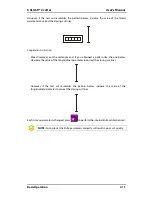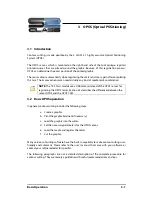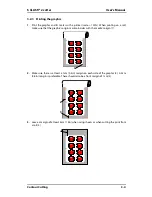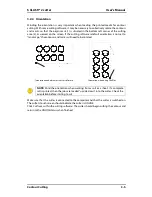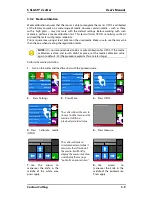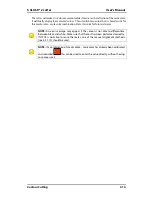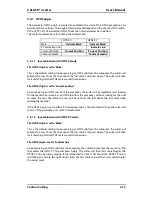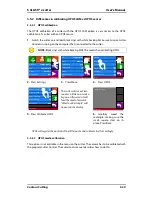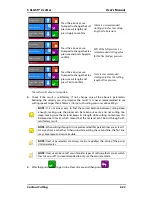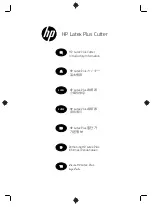
S CLASS™ 2 cutter
User’s Manual
Contour Cutting
3-11
3.4
Automating OPOS tasks
For standard OPOS jobs, the user only needs to set the tool above the first mark to start the
job. OPOS allows the user to automate certain tasks, thus reducing user intervention and
production time. There are several types of automation.
Automatic start of the OPOS job
This is controlled by the parameter OPOS origin. With a combination of this parameter
setting and/or a special origin setting during the load of the media, the user doesn’t have to
set the tool above the first mark to start an OPOS job.
Multiple copies of the same job
When cutting multiple graphics, the user only needs to maneuver the OPOS sensor above
the origin mark of the first graphic. Cutting subsequent graphics does not require additional
user input.
There are two multiple-job situations in which OPOS can be used:
a.
When cutting multiple (copies of a) graphic(s) on the same media roll.
b.
When cutting the same graphic on multiple media sheets.
Most automated tasks are organized from within the cutting software. However, when the
same graphic contour needs to be cut out, the automatic tasks may also involve some
manual manipulation.
Before using the automating features, note down the amount of your cutter’s RAM. If the
cutter’s RAM is
greater
than the job’s file size, then the automating features can be used. If
the cutter’s RAM is
less
than the job’s file size, then the automating features cannot be used.
Unattended contour cutting (roll to roll)
A special barcode can be printed together with the job. This barcode can then be used to
access the correct cutting data, so the cutter can cut one job after another without user
intervention.
Содержание S Class 2 OPOS-CAM
Страница 1: ...User s Manual Rev 3b...

